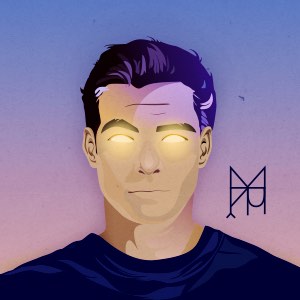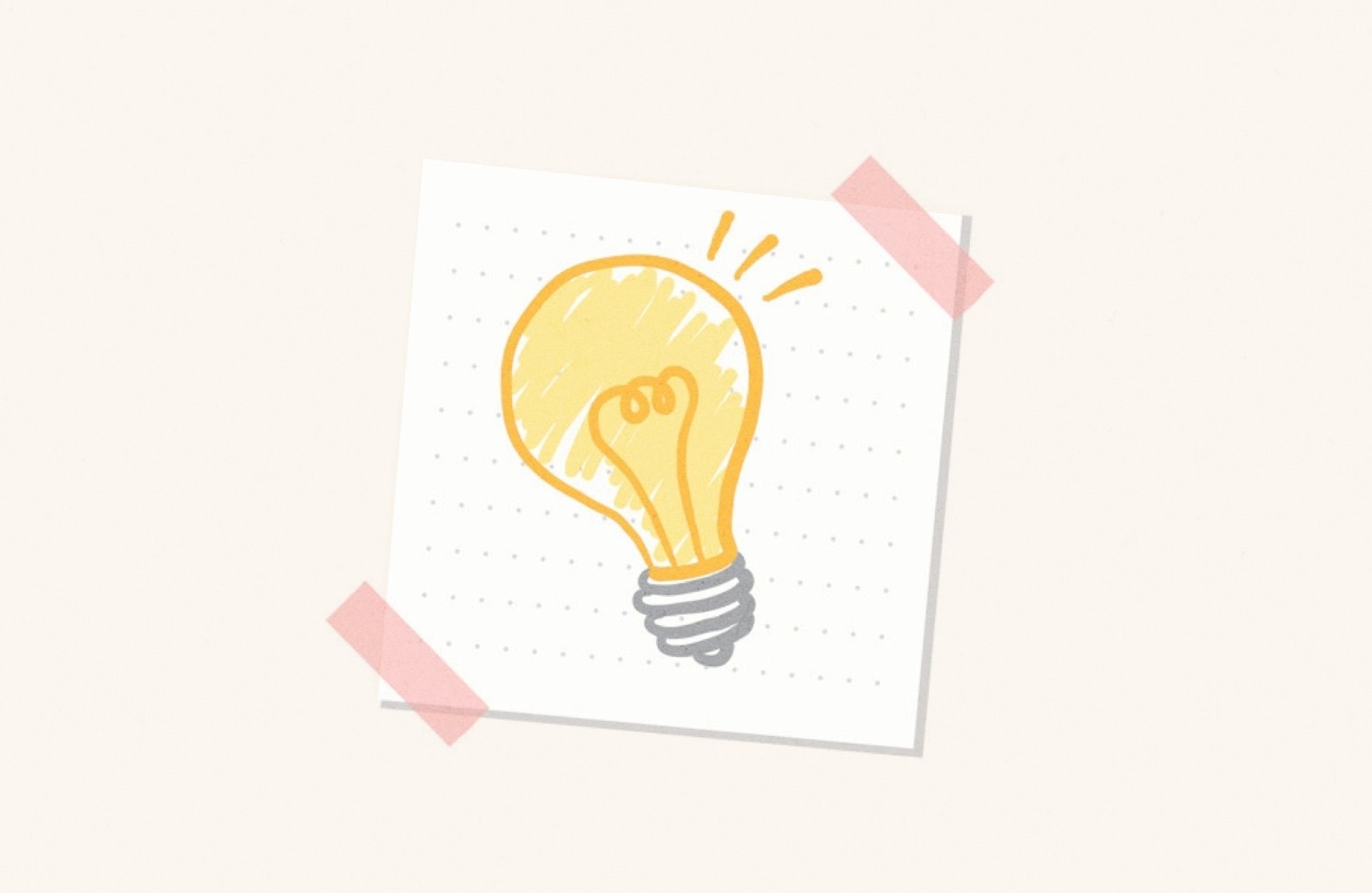Generating Ideas


There is no single and true process for generating a killer idea. What works for one creative probably will not work for another one — the same for projects. The idea in project A probably will not work in project B.
When we start thinking about possible ideas for a particular project, we stumble upon many limitations. The curious moment here is that this limitation can be set by ourselves. So to break this meaningless loop and really generate as many ideas as possible, I propose to do next.
1. Generate as many ideas as you possibly can, but do not try to edit them on this very first step. Just be in the flow and generate.
2. There are no bad ideas. It doesn't matter what you think about the idea. It seems silly or plain? Record it anyway.
3. Confused? Stuck? See rules One and Two.
Mind maps
Try using the mind maps technique. It allows you to start roughly from one or two words that describe your project and draw a bunch of multilevel branches around it. So it looks like the rough structure of your thinking about a certain topic.
Mood boards
Mood boards are great for brainstorming on visual concepts. You can capture different pieces of artwork or projects from any inspiration sources you can find, such as websites, magazines, photos, words, and any other visual artifacts you can imagine.
Notes
Notes are another way to collect any ideas that pop up in your head. I use the notes app all the time on my MacBook and iPhone. I can write down something that just came to my mind, draw a simple sketch, describe it in a couple of sentences, add links on websites, add photos, etc. It's a straightforward and useful tool to collect bits of data that are streaming through your head.
Alternatively, you can use a notebook, sticky notes, or just paper sheets to the notes app. Anything you feel comfortable with and can use without boundaries.
Camera
I believe that every creative nowadays has a good camera in a pocket to do instant shots. Nowadays, any smartphone can do good enough photos to use as a part of research or even creative assets in your work.
The key here is to document the process. That's how you generate materials around your research and brainstorm sessions. Then you can choose what will be useful in working on a project or generating more ideas but on distinctively another level.
Take a break
The brain responds amazingly to a short vacation. Take a break, don't force your brain to generate more ideas if you feel tired. We often have deadlines, but if you can't think about new ideas anymore, we need to change something. Go out for a walk, do a quick workout, go for a coffee, whatever is different from sitting at the desk or in front of a computer. This will help to switch modes of your brain work and recover your creative power, at least for some time.
Stay inspired
You can find inspiration almost everywhere. Check posters, magazines, inspirational websites, and boards, go for a walk and notice what people wear and how they combine different wearables in terms of color and style.
Nature is an excellent inspiration. I get some inspiration in color palettes for my projects from colors I see in the sky, leaves, water, sun, and how they are mixed up in real life. If it works there, it can be done in digital design as well. The world is full of inspiration.
You can watch one of the design movies that is becoming more popular nowadays. These are not about Marvel superheroes and how they beat super bad guys. I like these movies as well. But here, I'm talking more about movies that are not that popular but created with a unique vision. Sometimes, I don't even understand what a director of a movie is wanted to tell. Still, I notice lots of visual elements, such as interior, nature, how people look like, what they are doing in different scenes, a color palette used in post-production, etc. You can find films like this by searching for indie films, art films, documentaries about design, or futuristic films.
Museums are also great sources of inspiration. You'll not find there something that you can use right away, but it can inspire you on something in the design area that you are in. For example, I like to explore different techniques that artists use and compare how this is connected to the timeframe or events in the world. It's all more abstract knowledge, but sometimes it pushes you to new ideas or helps to push some of the boundaries in the things you do.
Books are also a great source of inspiration. You can find there a certain idea, try to understand different mindsets, or explore new worlds. It can be not one book, but many of them or even a combination of books, blogs, articles, and other readings. All of it can shape in your head a unique idea based on the knowledge that you got.
Generating ideas is only the starting point. I believe that ideas themselves are cheap, but still, we don't have alternative starting points in our creative journeys. I hope that the tips mentioned above will help you successfully generate great ideas, but do not stuck on it and move on to the next stage. Start implementing and then shipping it. That's how you make your ideas worth something.
Thank you for reading, and have a wonderful week,
Max